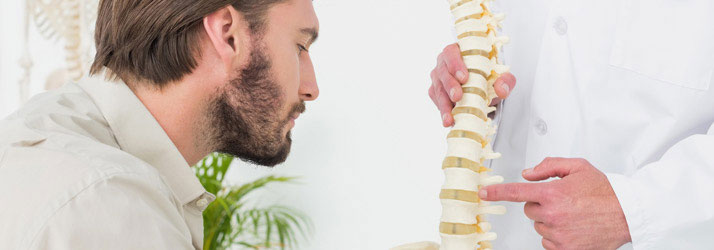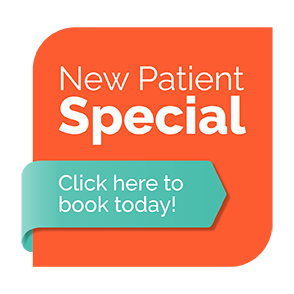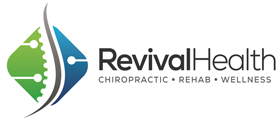Scoliosis

What is Scoliosis?
Scoliosis affects about 5-7 million people in the U.S., scoliosis is a lateral curvature of more than 10 degrees in the spine. A person with scoliosis will have a C- or S-shaped curve in their spine. It can appear at any age, but it often presents from the age of 10 to 12 years, or during the teens, but infants can sometimes have symptoms. The reasons for the change in shape are not usually known, but some cases are linked to cerebral palsy, muscular dystrophy, spina bifida, or a birth defect.
A structural curve is permanent, and may be due to another condition. A nonstructural curve is temporary and it is likely to disappear with time. A very small number of patients with scoliosis may require surgery. Complications of scoliosis include chronic pain, respiratory deficiencies, and decreased exercise capacity.
What are the symptoms of Scoliosis?
The most common form of scoliosis appears in adolescent. It is known as adolescent idiopathic scoliosis. It can affect children from the age of 10 years.
Idiopathic means that there is no known cause. Symptoms can include:
- the head is slightly off center
- the ribcage is not symmetrical - the ribs may be at different heights
- one hip is more prominent than the other
- clothes do not hang properly
- one shoulder, or shoulder blade, is higher than the other
- the individual may lean to one side
- uneven leg lengths
Some types of scoliosis can cause back pain but it is not usually very painful. Back pain is not uncommon in older adults with long-standing scoliosis.
If scoliosis is left untreated, problems can arise later in life, such as impaired heart and lung function.
What are the causes of Scoliosis?
- Neuromuscular conditions:These affect the nerves and muscles and include cerebral palsy, poliomyelitis, and muscular dystrophy.
- Congenital scoliosis (present at birth)This is rare and occurs because the bones in the spine developed abnormally when the fetus was growing inside the mother.
- Specific genes:At least one gene is thought to be involved in scoliosis.
- Leg length:If one leg is longer than the other, the individual may develop scoliosis.
- Syndromic scoliosis:Scoliosis can develop as part of another disease, including neurofibromatosis and Marfan's syndrome.
- Osteoporosis:This can cause secondary scoliosis due to bone degeneration.
- Other causes:Bad posture, carrying backpacks or satchels, connective tissue disorders, and some injuries.
What are the types of Scoliosis?
There are a number of ways to differentiate between the various forms of scoliosis, but the most common method for classification is based on etiology, or the underlying cause for the condition. The American Association of Neurological Surgeons (AANS) suggests there are three categories into which the different forms of scoliosis fit: idiopathic, congenital, and neuromuscular.
Most types of scoliosis are idiopathic, which means that the cause is unknown or that there is no single factor that contributes to the development of the disease.
Congenital forms of scoliosis typically result from a spinal defect present at birth, and are therefore usually detected at an earlier age than idiopathic forms of scoliosis.
Neuromuscular scoliosis is spinal curvature that develops secondary to some kind of neurological or muscular disease, such as muscular dystrophy or cerebral palsy. This form of scoliosis tends to progress much more quickly than others.
What is the treatment for Scoliosis?
As a Chiropractic Physician, I will do a physical examination, postural analysis, and take x-rays. I design an individualized treatment plan that will focus on pain management and postural fixation. Spinal manipulation, therapeutic exercises, and other treatments may also come into play. Initial treatment usually lasts 4-8 weeks and I then recommend my patients to follow up every 1-2 months to monitor the curve of the spine in clinic.
The following factors will be considered by the doctor when deciding on treatment options:
- Sex:Females are more likely than males to have scoliosis that gradually gets worse.
- Severity of the curve:The larger the curve, the greater the risk of it worsening over time. S-shaped curves, also called "double curves," tend to worsen over time. C-shaped curves are less likely to worsen.
- Curve position:A curve that is located in the center part of the spine is more likely to get worse compared with curves in the lower or upper section.
- Bone maturity:The risk of worsening is lower if the person's bones have stopped growing. Braces are more effective while bones are still growing.
What about braces?
If the patient has moderate scoliosis and the bones are still growing, I may recommend a brace. This will prevent further curvature, but will not cure or reverse it. Braces are usually worn all the time, even at night. The more hours per day the patient wears the brace, the more effective it tends to be.
The brace does not normally restrict activities of daily living. If the patient wishes to take part in physical activity, the braces can be taken off.
When the bones stop growing, braces are no longer used. There are two types of braces:
- Thoracolumbosacral orthosis (TLSO)- the TLSO is made of plastic and designed to fit neatly around the body's curves. It is not usually visible under clothing.
- Milwaukee brace- this is a full-torso brace and has a neck ring with rests for the chin and the back of the head. This type of brace is only used when the TLSO is not possible or not effective.
One study found that when bracing is used on 10-15 year olds with idiopathic scoliosis, it reduces the risk of the condition getting worse or needing surgery.
References
Nordqvist, C. (2017, December 22). Scoliosis: Treatment, symptoms, and causes. Retrieved from https://www.medicalnewstoday.com/articles/190940.php
7 Types of Scoliosis & Their Differences [Comprehensive Guide]. (2018, December 28). Retrieved from https://www.treatingscoliosis.com/blog/scoliosis-types-differences/
OFFICE HOURS
Monday
9:00am - 6:00pm
Tuesday
2:00pm - 6:30pm
Wednesday
9:00am - 6:00pm
Thursday
2:00pm - 6:30pm
Friday
9:00am - 2:00pm
Saturday
Closed
Revival Health
9 Post Road Suite D3
Oakland, NJ 07436
Phone: (201) 485-7518
Fax: (201) 485-7517



